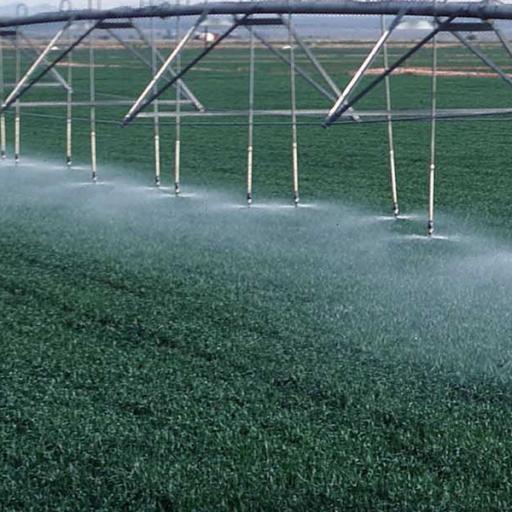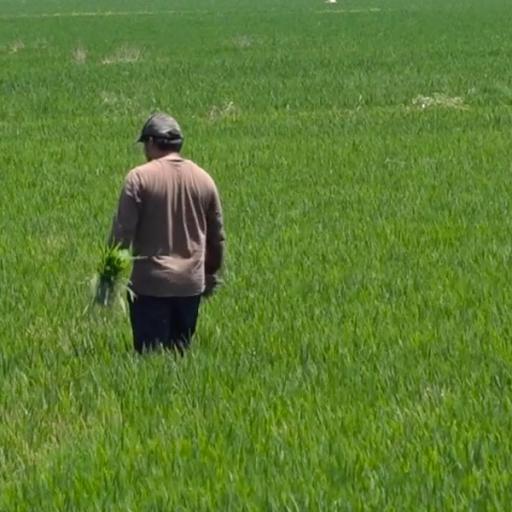The measurement of technical efficiency of production units has become the focus of a rapidly expanding body of applied economic literature. Recently, this research has also been extended to the intimately related issue of scale efficiency, that is, the deviation of a firm’s ray-productivity from the maximum attainable one. Naturally, the empirical measurement of technical and scale efficiency is an attractive research theme on its own, as a primary objective in production economics is the optimal resource utilization. However, there may be cases wherein achievement of technical and scale efficiency may also be advisable for additional reasons. One case may be policy regimes wherein financial support is offered only for a pre-determined output level. Productive units operating under such regimes may find that pursuing technical and scale efficiency may help them to not only utilize optimally their resources but also to preserve the support they enjoy under the policy regime.
Agricultural policies are a typical example of regulated regimes with provisions of maximum output levels for which farm support is available. Within the European Union (EU), provisions referring to “ceilings” of output produced (or area cultivated) are included in many EU Regulations. As farm support (usually in the form of intervention prices) naturally functions as a signal to individual farmers to boost output, the actual way in which such ceilings are imposed becomes a crucial issue, both for farmers and policy makers in the EU member states. Greek cotton production has been an illustrative case. The current EU policy regime imposes a production quota at the country level, for cotton-producing member states. Exceeding this aggregate quota results in reductions of the intervention cotton price for all farmers. This mechanism however has failed to restrain Greek cotton production. Acting as price takers, individual producers conceived the demand for their produce as perfectly elastic and arranged their production only according to the EU intervention price, not the aggregate production quota. As a result, the Greek cotton production boomed the last twenty years despite the quota which in turn activated reductions in cotton intervention prices. This has been provoking loud protests by the Greek cotton growers the last five years about shrinking farm incomes.
The implementation of the EU cotton policy regime, on a more dis-aggregated basis (i.e., further allocating the country-level production quota down to the county or even to the farm level) could offer a natural settlement of this problem (Karagiannis and Pantzios, 2002). This paper offers an additional suggestion that could also help Greek farmers evade reductions in cotton intervention prices: the improvement of their technical and scale efficiency. In the past, high, EU-guaranteed cotton prices have influenced the scale of production in Greek cotton farms by encouraging farmers (i) to invest in modern equipment and expand production, (ii) use excessively water and chemical fertilizer and, (iii) divert even marginal productivity land to cotton farming. Under these circumstances, pursuing technical and scale efficiency may assist Greek cotton growers in two, complementary ways. First, it may yield substantial cost savings which could compensate for the reduced intervention prices caused by exceedingly high production levels. Second, (and more importantly) scale efficient production may result in lower output levels which in turn may mitigate or even eliminate reductions of the EU guaranteed cotton prices.
In this context, the objective of this paper is to estimate empirically technical and scale efficiency levels as well as their determining factors of Greek cotton farms. To that end, recent methodological developments stochastic frontier modeling which allow the measurement of technical as well as scale efficiency are utilized on a representative sample of Greek cotton farm operations from the county of Karditsa, Thessaly. The empirical results are used to estimate average cost savings that could accrue to farmers if they were technically and scale efficient. Then, utilizing goal programming we attempt an estimation of the output (cotton) reduction that could have been achieved in the broader area of our survey if farms were operating under technical and scale efficiency. This finding is finally used to compute how much this lower production might have mitigated the guaranteed price reductions that cotton farmers have suffered in the period examined.







